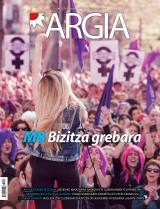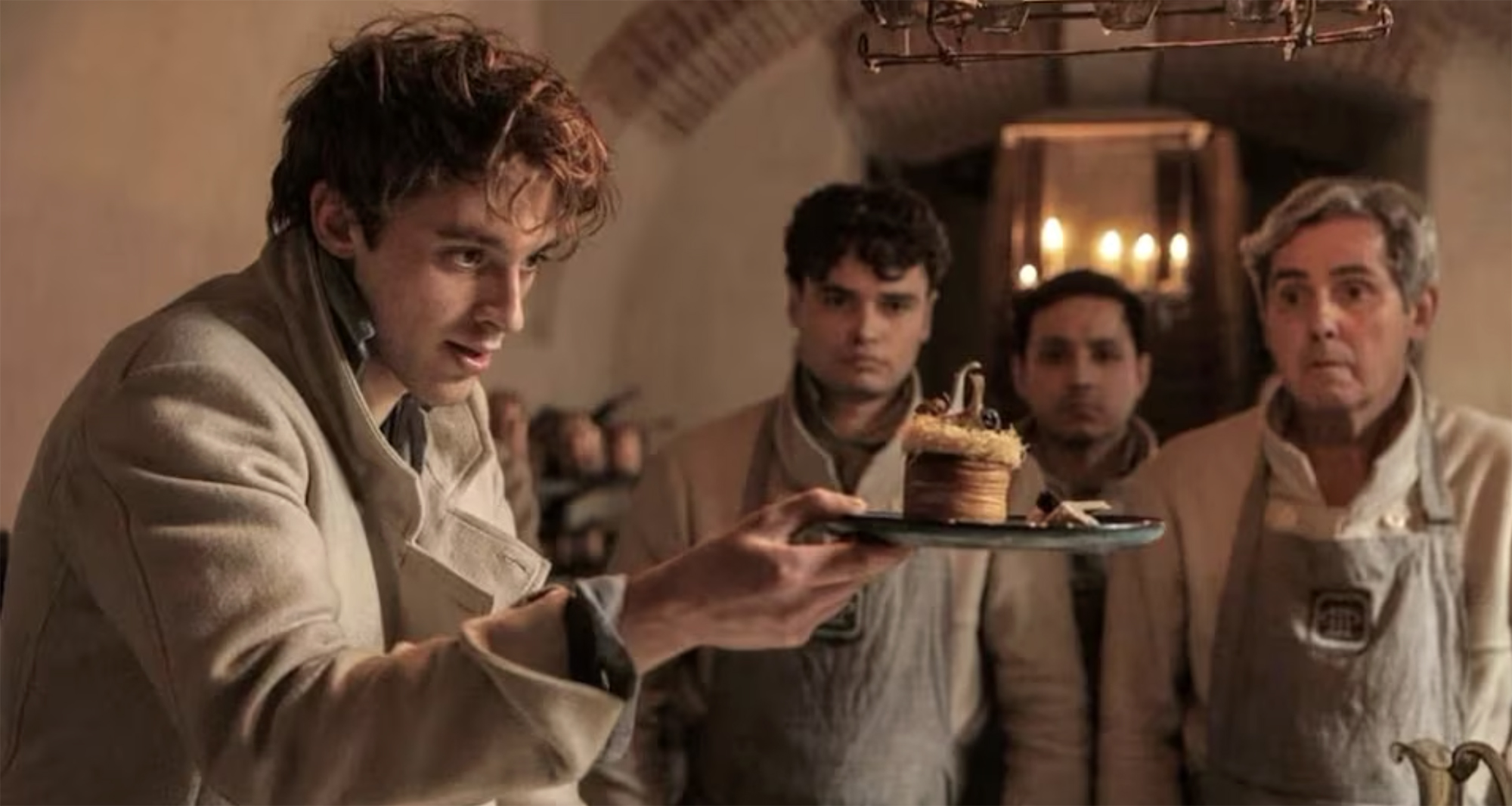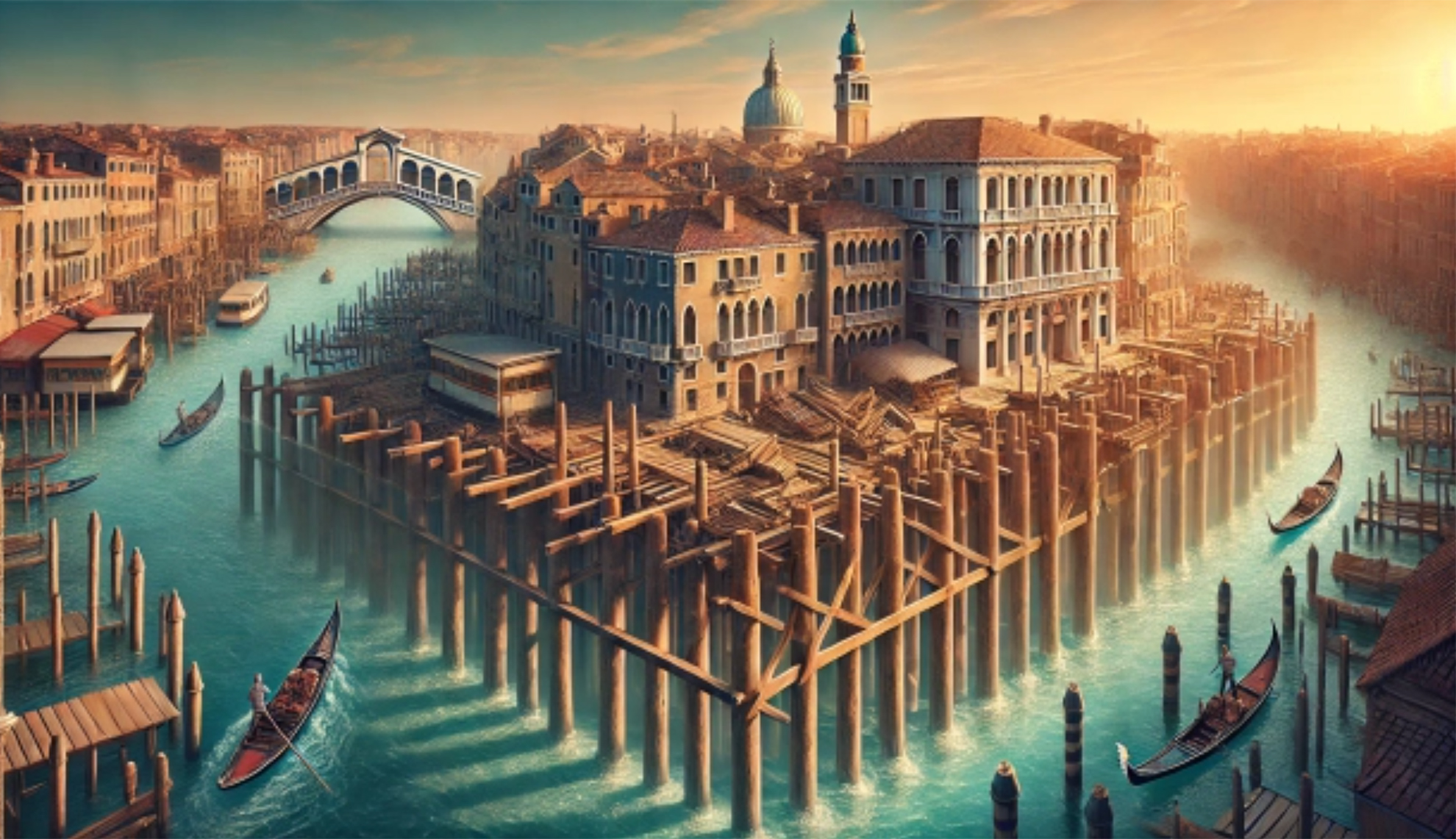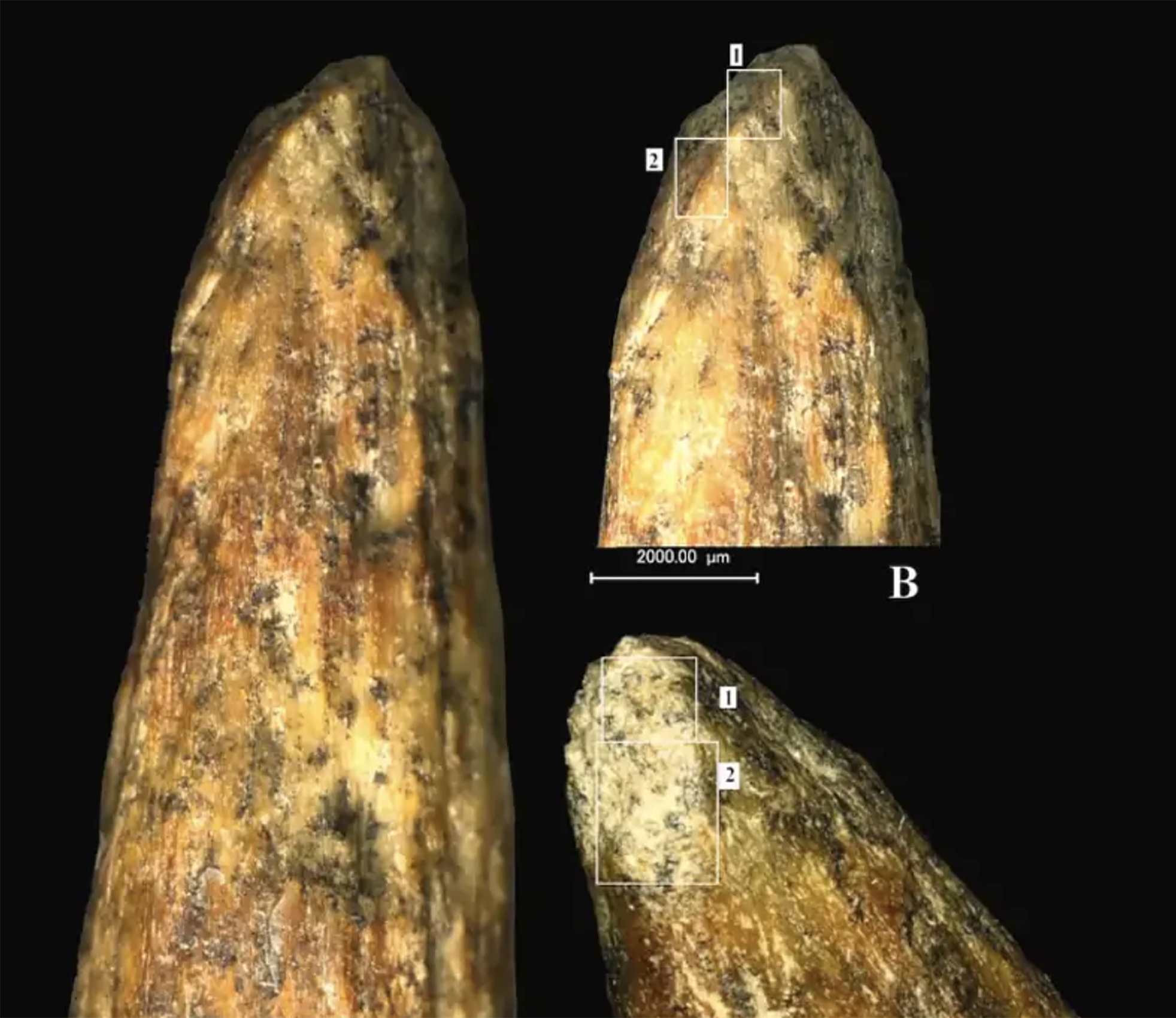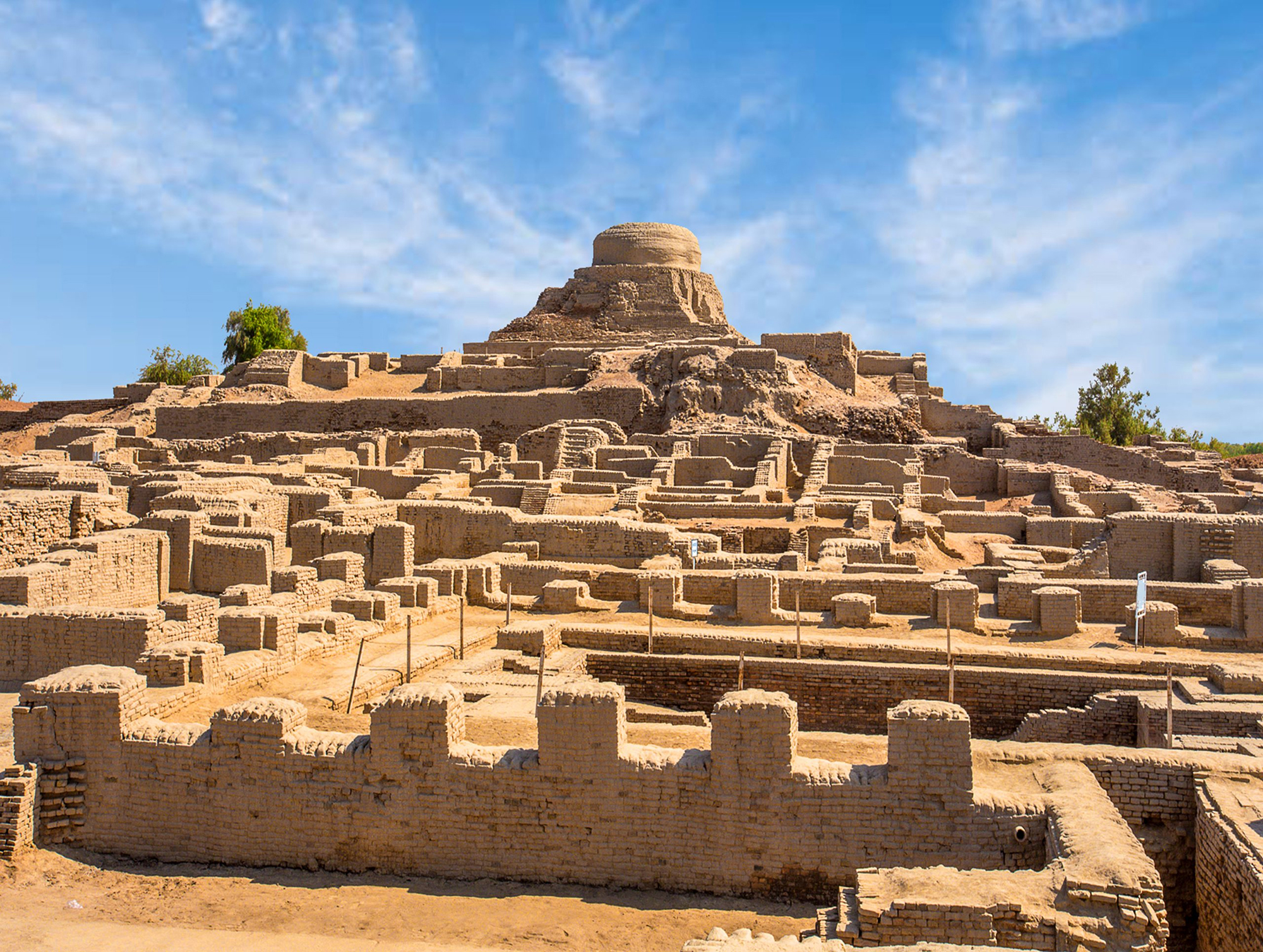"Durango's heretics rose up against religious power and political power."
- Ander Berrojalbiz (Durango, 1983) has joined history and music, as he teaches history of music at the Durango Conservatory, belongs to the group Khantoria, which recovers ancient music and has published two books on history in the editorial Pamiela: The heretics of Amboto (2016) and Herejeen alaba (2017), written together with Joseba Sarrionandia.

You said that the heretics were political dissidents...In the 15th century the
first heresies of the Duranguesado appeared. In the first, two heads stood out: Radical Franciscans Alonso de Mella and Guillén de Albesa. Among the documents is a letter from De Mella and a letter from a Durangus who participated in the repression, written to the Pope. There you see that they rose up against religious and political power. They were millennials, they believed that the second coming of God was approaching and that then paradise would be organized on land, the laws and the prerogatives of men would be organized in a world of justice without possessions of goods.
Were they also charged with sexual liberation? That's
what I'm analyzing. It is true that the first source of lust is much later than judgment. It may appear in the second or third trial, we do not know the role played by the torture. The fact is, they had an anti-dotational attitude. Women needed a dowry to be able to marry or put in a nun. A dowless woman had difficulty entering the marriage market, so many women were excluded from marriage law. A movement that claimed a world in which men ' s laws should be suspended would see fit to abolish marriage laws and unite without marriage among its members. From the work of De Mella the possibility of libertinage from old sources is deduced, but there are no concrete references and perhaps that of libertinage is an exaggeration.

What were the Blessed Ones?They
were like sack fabrics that were applied to the heretics for scarlet fever, but that after their death they hung in the church, with the name of Manteta, for the shame of their heirs. Hence the expression pull out of the blanket. In the church of Durango they hung until the arrival of the French in 1809. Before, in 1616, a Durangus entered the church and burned the fabrics there, probably because they referred to his family. It was not just a matter of modesty, the descendants of the two successive generations were not entitled to any public office.
Is torture mentioned in the documents?
Rarely. The case of a woman from Mungia is mentioned in the documents of another trial held in 1508, in the framework of an investigation seeking witches throughout Bizkaia. In it one can read that they gave him a hard cry, but the woman did not confess it. He was burned, though.
They had burned people alive, including cadavers, mostly women.
Man was the only one of the eleven burned in 1500. Seven other women who had already died were also sentenced, whose bodies were taken from the cemetery and burned. Why? Someone, perhaps, preferred to attribute responsibility to a death in confessions under torture. Heretics could not be in the holy land, so they would take their bodies out of the ground and burn them.
"Of the eleven people who burned in 1500, only one man was a man. Seven other women who had already died were also sentenced, whose bodies were taken from the graveyard and burned."
You have associated with misogyny the fact that the condemned are women.
As I said before, it was a very hard world for women. In the same era of heresies, a Beaterio appeared in Durango, where today the San Francisco Convent is located: a group of women occupied the abandoned house and founded a community in 1439 to be able to live from their crafts and lymosnas. They were marginalized women, some without dowry and single mothers. The San Francisco standard was approved and the Pope was asked for protection, as he was persecuted by several men. They were tried in 1442, but then they were clean. The local churches were persecuted, perhaps for the sanctity of the people, for fear of being given a handout.
How did you create, with Joseba Sarrionandia, the book Herejeen Alaba?He
has made the account of The Heart of Crystal and I have told his origin, his story. Next, in three texts, I have reported all the cases of heresy that occurred in Durango: those mentioned above, the case of a Dominico Apostate that was in 1700 and another heresy of the 19th century, without forgetting the cases of witches. It is a collection of all the heterodoxos of the Duranguesado.
You have also prepared a show with the contents of the book.
Yes, it's a musicated, non-dramatized reading by Ander Lipus. Maider López de Khantoria and I have put 15th-century music to the reading and the second part is my speech, but also Lipus puts the voice of all the quotes from the speech. We did it in Tabakalera, then in Durango, and on 11 March we will do it again in the Guggenheim in Bilbao, inside Loraldia.

“Formazioz bibolin jolea naiz, aintzinako musikari buruzko ikasketak egin nituen eta, 2010az geroztik Khantoria taldean nabil. Bertan, aintzinako musika berreskuratzeaz gain, hipotesiak lantzen ditugu, esaterako “Bereterretchen oinatzak“ programan ikertu genuen zer harreman dagoen herri musikaren eta erdi aroko eliz musikaren artean. Bereterretxen khantoria-ren musikaren ezaugarriak guztiz erdi arokoak dira, iturri batzuen arabera Anbrosio deunak konposatu zuen doinua IV. mendean”.
The facial tattoos of a mummy discovered a century ago in Peru have just been studied. She is a female mummy and is about 800 years old.Experts do not know the function of these tattoos, but they emphasize that they are very special.
On the one hand, facial tattoos, especially... [+]
Saint-Cloud (Frantzia), 1810eko apirilaren 1a. Napoleon enperadorea Maria Luisa Austriakoarekin ezkondu zen, eta eztei-tarta ikusgarria Marie-Antoine Carême (1784-1833) sukaldari ospetsuak egin zuen.
Baina Carême gorteko luxuetatik urrun jaio zen, Pariseko... [+]
During a routine excavation in the Piazza San Giovanni in Laterano in Rome, archaeologists carried out the IX-XIII. They unexpectedly found the remains of a palace dating back to the centuries. And they think it could be the residence of the popes of the time. In other words,... [+]
Pond of Venice, year 452. Prompted by the Huns' invasion, several inhabitants of the interior of the Italian peninsula took temporary refuge in the swampy area. But the Lombard invasions came in a few years, and it would become a permanent home for those immigrants. It was a... [+]
More and more studies indicate that Neanderthals had more advanced cognitive abilities than previously thought. The latter, published in the Journal of Archeological Science, refers to the spearhead of bone found in the Mezmaiskaya cave in Russia in 2003.
Using microscopy,... [+]
The Indus Valley, about 5,000 years ago. The city of Mohenjo-Daro had about 35,000 inhabitants and, according to recent PNAS publication, had a very low Gini coefficient of 0.22 – a coefficient that measures the economic inequality of societies through the degree of... [+]
I've been enjoying a book lately. In a very short time I have read it twice; the first with pure delight and the second with a pencil in my hand. Hoces de piedra, martillos de bronce, by the Spanish archaeologist Rodrigo Villalobos, aims to explore prehistoric society to answer... [+]
In the Chinese province of Shanxi, in a tomb of the Tang dynasty, paintings depicting scenes from the daily lives of the dead are found. In one of these scenes a blonde man appears. Looking at the color of the hair and the facial expression, archaeologists who have studied the... [+]
Carthage, from B.C. Around the 814. The Phoenicians founded a colony and the dominant civilization in the eastern Mediterranean spread to the west. Two and a half centuries later, with the decline of the Phoenician metropolis of Tyre, Carthage became independent and its... [+]
Salvador Puig Antich frankismoaren kontrako militantea izan zen. Askapen Mugimendu Iberikoko kidea, 1973ko irailaren 25ean atxilotu zuten. Gerra-kontseilua egin zioten, eta garrotez exekutatu zuten handik sei hilabetera, 1974ko martxoaren 2an. Aurtengo otsailean baliogabetu du... [+]









